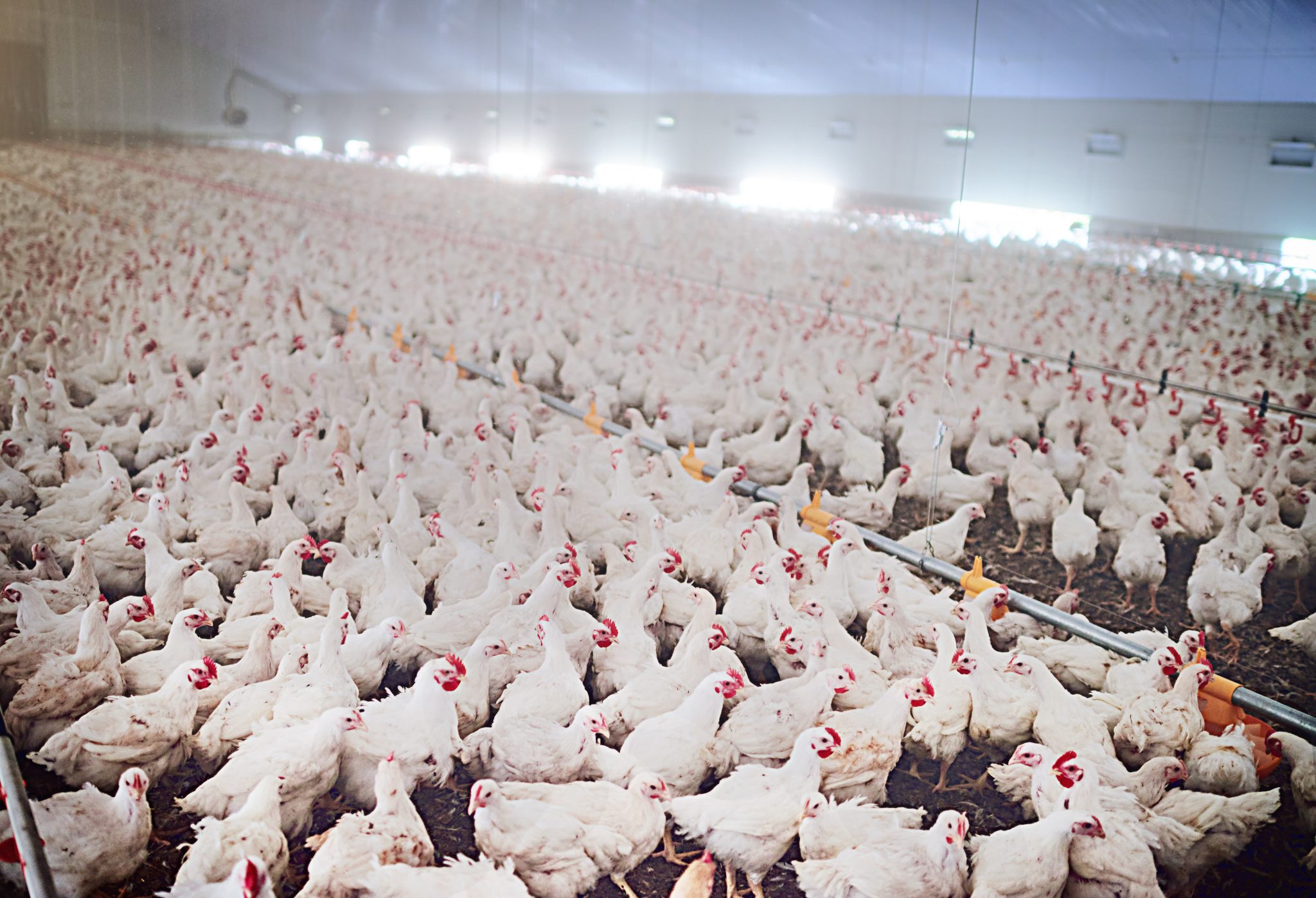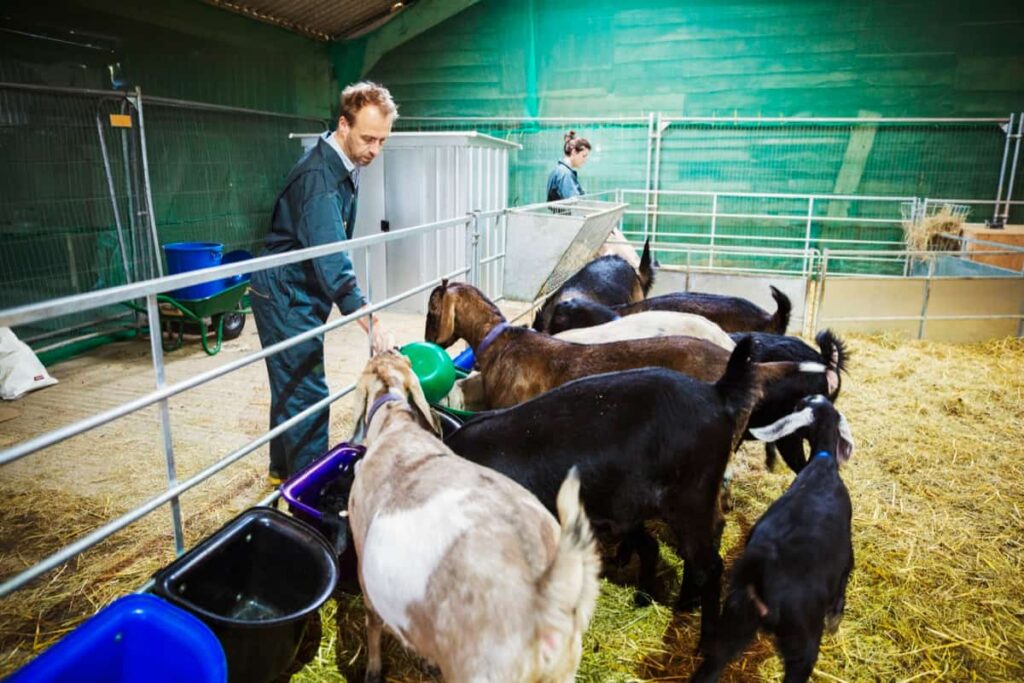
In an era marked by increasing global trade and interconnectedness, farm biosecurity has become a paramount concern for agricultural communities worldwide. The term “biosecurity” encompasses a range of measures and practices aimed at safeguarding farms and livestock from the introduction and spread of diseases, pests, and other biological threats. With the potential to devastate crops, harm livestock, and disrupt food supply chains, maintaining robust biosecurity protocols is not merely an option but a necessity for farmers. This article explores the importance of farm biosecurity, its key components, and the critical role it plays in ensuring the sustainability of agriculture.
Biosecurity encompasses a multifaceted approach, with the primary goal of preventing the entry, establishment, and spread of harmful organisms on a farm. The first line of defense in farm biosecurity often begins at the perimeter. This involves controlling access to the farm, monitoring the movement of people, vehicles, and equipment, and maintaining secure fencing. Restricting unauthorized access helps reduce the risk of contaminated materials, pathogens, or pests being introduced onto the farm, which can have devastating consequences for crops and livestock. Implementing these access controls may require investment and planning, but the long-term benefits far outweigh the costs.
Beyond physical barriers, maintaining biosecurity requires constant vigilance. Farmers and farmworkers must be educated about the risks and consequences of biosecurity breaches. Training programs can teach personnel to recognize signs of diseases or pests and the appropriate response protocols. Furthermore, establishing a clear communication channel within the farm and with relevant authorities is vital. In the event of a potential outbreak or contamination, quick reporting and cooperation can mitigate the impact and prevent further spread. Timely detection and response are crucial aspects of farm biosecurity.
Livestock plays a central role in agriculture, and their health is paramount to the industry’s sustainability. Biosecurity measures extend to the management of livestock and their environments. Quarantine protocols for newly acquired animals, regular health checks, and vaccination programs are essential components of maintaining livestock biosecurity. Additionally, farm infrastructure such as barns, pens, and feeding areas must be designed and maintained to minimize the risk of disease transmission. Proper waste management and hygiene practices are also integral to preventing the spread of pathogens among animals. Failure to implement these measures can lead to disease outbreaks that not only harm the animals but also impact the economic viability of the farm.

Crop production is equally susceptible to feed acidifier malaysia, with pests, pathogens, and invasive species posing significant risks. Implementing crop biosecurity measures involves careful monitoring, integrated pest management, and crop rotation to reduce the likelihood of disease or pest buildup. Quarantining new plant materials, conducting regular inspections, and implementing strict sanitation practices are essential steps in protecting crops. For genetically modified or specialized crops, maintaining isolation distances to prevent cross-pollination is critical to safeguarding their genetic purity. By implementing these strategies, farmers can maintain the health and productivity of their crops while minimizing the need for chemical interventions.
Globalization and climate change have heightened the complexity of farm biosecurity. Increased international trade and travel mean that the movement of goods and people across borders can introduce new threats to agriculture. In response, governments and international organizations have established regulations and standards to mitigate these risks. Farmers must stay informed about these regulations and compliance requirements, which may include import restrictions, quarantine procedures, and certification programs. Engaging in responsible trade practices and adhering to international standards not only protects the farm but also ensures access to global markets.





